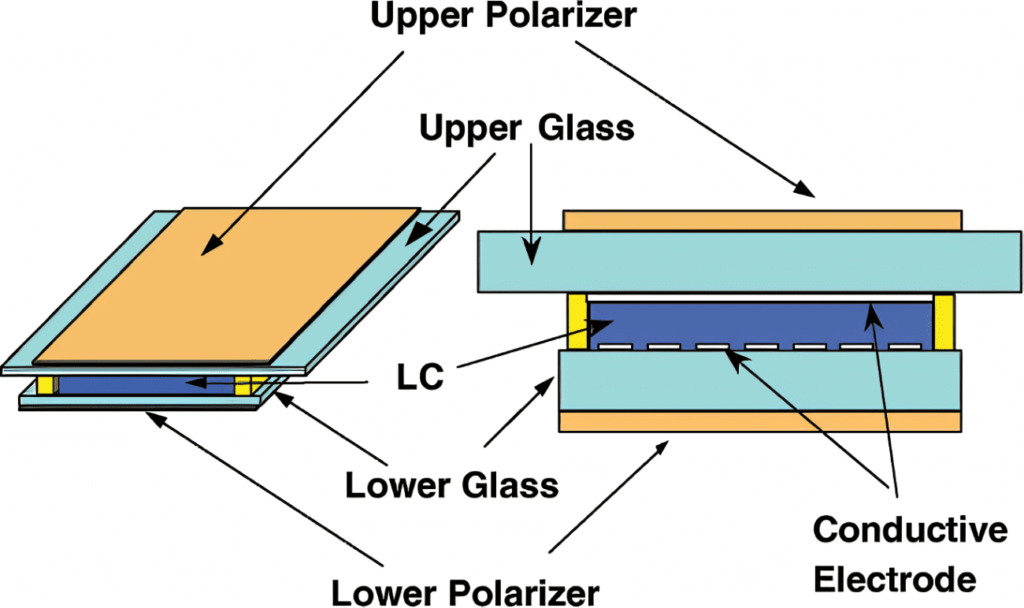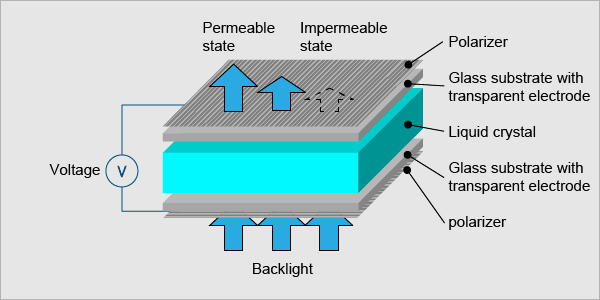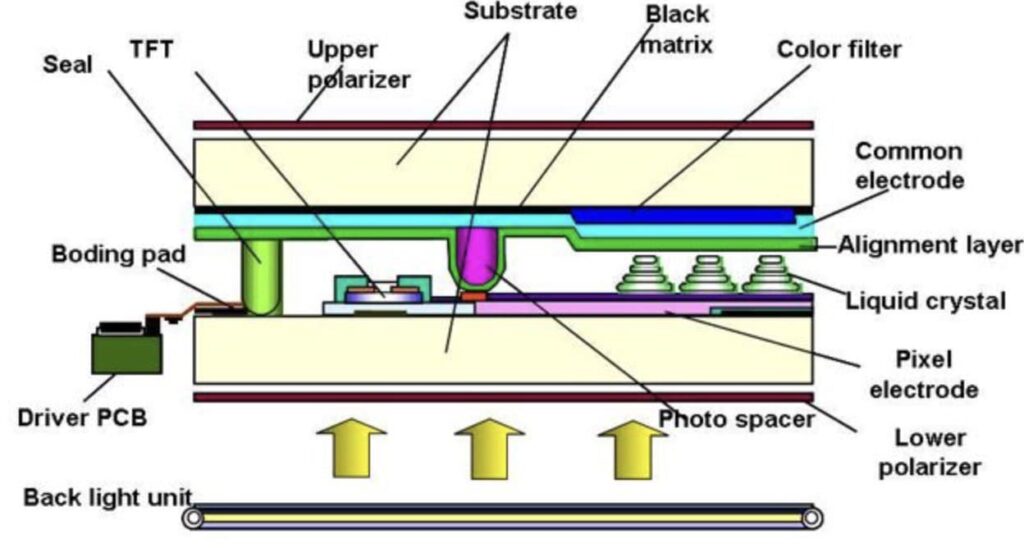Ever looked at your digital watch, your car dashboard, or your trusty old calculator and thought, “What the heck makes these numbers and symbols glow and flicker?” I had the same question once, so I dove deep into the tech ocean to find the treasure trove of answers. The real hero behind the scene? The LCD, or Liquid Crystal Display. Let’s get up close and personal with this often overlooked but oh-so-important character of the digital world.
LCD is essentially a sandwich, but not the kind you’d find at your local deli. It’s a techy sandwich, composed of two layers of polarized glass with a layer of liquid crystals nestled between them. When electric currents pass through these crystals, they change their orientation, which in turn alters the light’s path, and voila – we see an image!

Now, why should this matter to you, you ask? If you’re using tech gadgets (and let’s face it, who isn’t these days?), understanding what makes them tick is essential. Plus, it’s just plain cool to know!
How Do LCDs Work?
LCDs are no magicians, but they sure do pull off some fancy tricks. Here’s how they do it. The liquid crystals inside are neither solid nor liquid, they’re these funky substances that exhibit properties of both. Kinda like a Jekyll and Hyde of the material world, if you will.

The crystals respond to electric currents by changing their arrangement, and these alterations dictate the amount of light that passes through. And that, my friend, is how we get those stunning displays on our devices. Talk about a high-tech puppet show. And let’s not forget the stylish cousin, TFT LCD.
What’s the Deal with TFT LCDs?
TFT LCDs, or Thin Film Transistor Liquid Crystal Displays, are like the swanky, upgraded version of LCDs. Think of them as the digital display world’s equivalent of going from standard to high definition.

TFT LCDs take LCD technology to the next level. The added transistors allow for more precise control over the light passing through the pixels, resulting in more vibrant colors and sharper images. It’s like upgrading your TV from standard definition to 4K – once you’ve experienced it, there’s no going back.
Why are there different types of LCDs?
Now, not all LCDs are created equal, and for a good reason. You see, different gadgets require different display capabilities, and this is where different types of LCDs strut in, each with its unique superpower.
Character LCDs, for instance, are ideal for devices that need to display text or a limited number of characters. Think of elevators or those good ol’ digital watches. Then there are Graphic LCDs that can display images and complex visuals, like in your gaming console. Segment LCDs, Monochrome LCDs, and TFT LCDs each have their unique characteristics and applications, tailored to meet the demands of different tech toys.
Why does quality matter in LCD manufacturing?
At Lcdeer, we believe that quality is everything. In LCD manufacturing, ensuring top-notch quality isn’t just about delivering clear, crisp visuals – though that’s definitely a big part of it. It’s also about durability, power efficiency, and reliability.
When you’re sourcing LCDs for your products, you need to know they can stand the test of time, perform optimally, and deliver consistent results. At Lcdeer, we pride ourselves in our stringent quality management system that ensures just that. Our LCDs aren’t just products; they’re a promise of performance, reliability, and value.
So, why should I care about LCDs?
Well, if you’re a tech manufacturer or a service provider like our friend Jon, high-quality LCDs are the lifeblood of your products. They determine the user experience, the performance, and the overall appeal of your products. In other words, they can make or break your game.
Choosing the right LCDs is crucial to delivering the quality that your customers expect. And when you partner with a supplier like Lcdeer, who values quality just as much as you do, you’re setting yourself up for success.
How do I choose the right LCD for my needs?
Whether you’re into making gaming consoles, digital watches, or advanced calculators, the choice of the LCD can significantly impact your product’s performance. And here’s where understanding the different types of LCDs comes in handy.
You need to consider factors such as power consumption, resolution, durability, and of course, cost. But don’t worry – this isn’t a journey you need to undertake alone. At Lcdeer, we’re here to guide you every step of the way, helping you choose the perfect LCD for your unique needs.
Why choose Lcdeer for your LCD needs?
Now, you might wonder – why choose Lcdeer? Well, apart from our extensive range of LCDs and our unflinching commitment to quality, it’s our approach to service that truly sets us apart.

We believe in building relationships, not just making sales. We understand your pain points and work tirelessly to provide solutions that meet your needs. Because at the end of the day, it’s not just about supplying LCDs – it’s about empowering you to deliver the best to your customers.
Wrapping It Up
LCDs, in essence, are the unsung heroes of the digital world. They’re the reason we can enjoy clear, crisp images on our screens, and they’re pivotal to the performance of our beloved gadgets.
And when it comes to sourcing these crucial components, choosing a partner who prioritizes quality, understands your unique needs, and provides exceptional service is paramount. At Lcdeer, we’re proud to be that partner. Because in our world, your success is our success.
